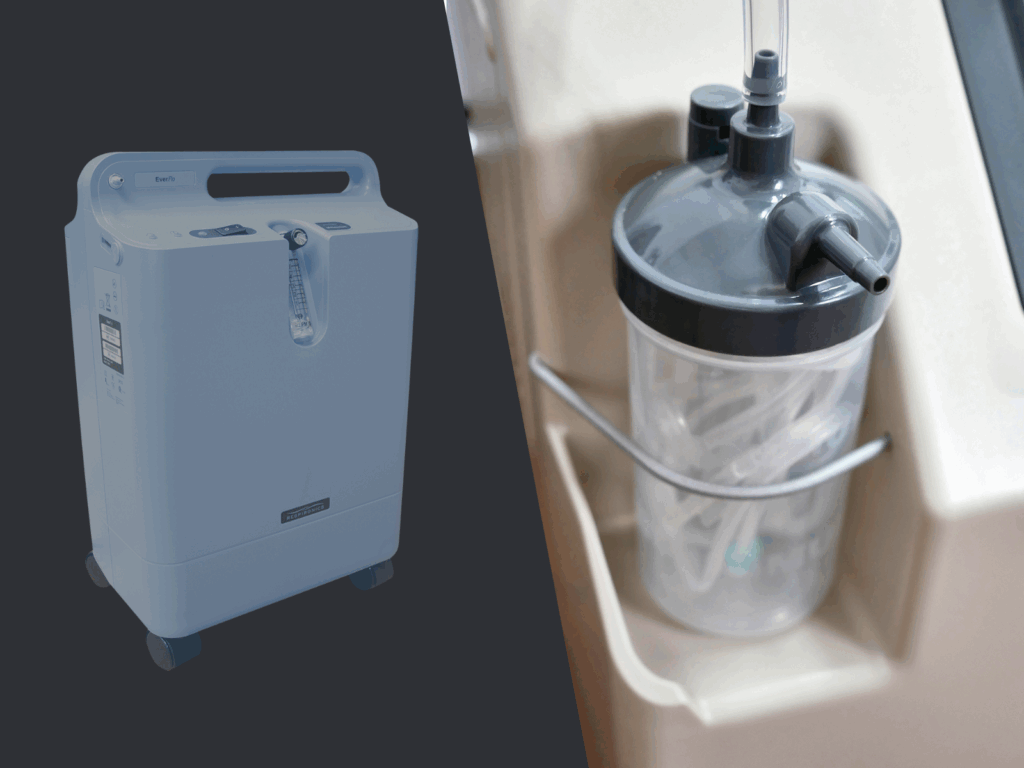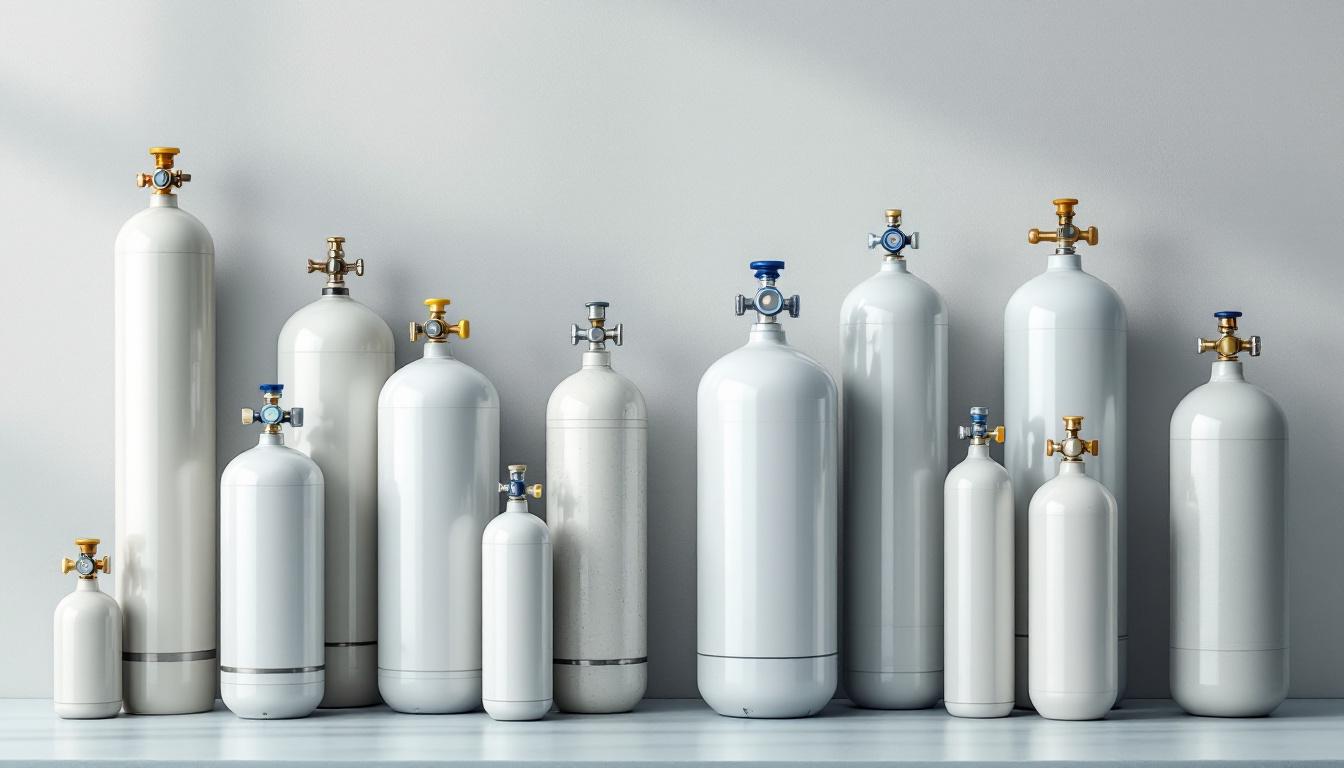In recent years, the use of oxygen tanks in home settings has become increasingly common, particularly for individuals with respiratory conditions. This article aims to provide a comprehensive overview of oxygen tanks, their uses, and essential considerations for safe and effective home use.
Understanding Oxygen Therapy
Oxygen therapy is a medical treatment that involves providing supplemental oxygen to individuals who have low levels of oxygen in their blood. This therapy is crucial for patients suffering from chronic respiratory diseases such as chronic obstructive pulmonary disease (COPD), asthma, or pulmonary fibrosis. By increasing the amount of oxygen available to the body, oxygen therapy can significantly improve a patient’s quality of life.
Oxygen tanks for home can significantly enhance the quality of life for individuals with respiratory conditions, providing them with the necessary support to manage their symptoms effectively. By understanding the different types of oxygen tanks available, consulting with healthcare professionals, and following safety precautions, patients can ensure safe and effective use of oxygen therapy at home.

How Oxygen Therapy Works
The primary goal of oxygen therapy is to ensure that patients receive adequate oxygen to meet their body’s needs. This is achieved through various delivery systems, including oxygen tanks, concentrators, and liquid oxygen systems. Oxygen tanks are portable and can be used at home, making them a popular choice for many patients.
When a patient inhales oxygen from a tank, it enters the lungs and is absorbed into the bloodstream, where it is transported to cells throughout the body. This process helps alleviate symptoms of hypoxia, such as shortness of breath, fatigue, and confusion.
Find more on: Medical Oxygen Supplies: Essential Items for Home Therapy
Who Needs Oxygen Therapy?
Oxygen therapy is typically prescribed for individuals with chronic respiratory conditions, but it may also be necessary for those with acute illnesses, such as pneumonia or COVID-19. Additionally, patients recovering from surgery or those with heart conditions may benefit from supplemental oxygen.
Before starting oxygen therapy, a healthcare provider will conduct a thorough assessment, including measuring blood oxygen levels using a pulse oximeter. This evaluation helps determine the appropriate flow rate and duration of therapy needed for each individual.
In recent years, the understanding of oxygen therapy has expanded, leading to more tailored approaches in its application. For instance, the use of high-flow nasal cannula (HFNC) therapy has gained popularity, particularly in hospital settings, as it can provide higher concentrations of oxygen and better humidity, which is beneficial for patients with severe respiratory distress. Furthermore, the advent of portable oxygen concentrators has revolutionised the way patients manage their oxygen needs, allowing for greater mobility and independence while ensuring they receive the necessary levels of oxygen throughout their daily activities. Find more about oxygen on https://pubmed.ncbi.nlm.nih.gov/36162911/
Moreover, ongoing research continues to explore the potential benefits of oxygen therapy in various medical scenarios. Studies are investigating its role in enhancing recovery in patients undergoing major surgeries, as well as its application in sports medicine, where athletes may use controlled oxygen supplementation to improve performance and recovery times. As our understanding of oxygen therapy evolves, it becomes increasingly clear that this treatment is not just a lifeline for those with chronic conditions but also a versatile tool in the broader medical landscape.
Types of Oxygen Tanks
There are several types of oxygen tanks available for home use, each with its own advantages and disadvantages. Understanding these options is crucial for selecting the most suitable tank for individual needs.

Compressed Gas Cylinders
Compressed gas cylinders are the most common type of oxygen tank used in home settings. These tanks are made of durable metal and can hold a significant amount of oxygen under high pressure. They are available in various sizes, ranging from small portable tanks to larger stationary units.
One of the main advantages of compressed gas cylinders is their portability. Patients can easily take them along when leaving home, ensuring they have access to oxygen wherever they go. However, they require careful handling and regular refilling, which can be inconvenient for some users.
Oxygen Concentrators
Oxygen concentrators are electrical devices that extract oxygen from the surrounding air and deliver it to the patient. Unlike compressed gas cylinders, concentrators do not require refilling, making them a more convenient option for long-term use.
These devices are typically larger and less portable than gas cylinders, but they can provide a continuous supply of oxygen. Some models are designed for home use, while others are portable and can be used outside the home. It is essential to ensure that the concentrator is adequately maintained to ensure optimal performance.
Liquid Oxygen Systems
Liquid oxygen systems store oxygen in a liquid state, which allows for a more compact storage solution. These systems can provide a larger volume of oxygen than compressed gas cylinders, making them suitable for patients who require high flow rates.
While liquid oxygen systems are efficient, they require careful handling due to the extremely low temperatures involved. Additionally, patients must be aware of the need for regular refilling, as liquid oxygen can evaporate over time. Click here to find more about evaporate.
Choosing the Right Oxygen Tank
Selecting the appropriate oxygen tank for home use depends on various factors, including the patient’s medical condition, lifestyle, and personal preferences. Here are some essential considerations to keep in mind when making a choice.
Consultation with Healthcare Professionals
Before purchasing an oxygen tank, it is crucial to consult with a healthcare provider. They can assess the patient’s specific needs, recommend the most suitable type of oxygen delivery system, and provide guidance on flow rates and usage.
Healthcare professionals can also help patients understand the potential risks and benefits associated with different oxygen tanks, ensuring that individuals make informed decisions about their treatment.
Consideration of Lifestyle Needs
Patients should consider their lifestyle when choosing an oxygen tank. For those who lead an active lifestyle or frequently travel, portable options such as compressed gas cylinders or portable oxygen concentrators may be more suitable.
Conversely, individuals who spend most of their time at home may benefit from a stationary oxygen concentrator, which can provide a continuous supply of oxygen without the need for frequent refilling.
Safety Precautions for Using Oxygen Tanks
Safety is paramount when using oxygen tanks at home. Oxygen is highly flammable, and improper handling can lead to dangerous situations. Here are some essential safety precautions to follow:
Proper Storage
Oxygen tanks should be stored in a cool, dry place away from direct sunlight and heat sources. It is crucial to keep tanks upright and secure to prevent them from falling over. Additionally, tanks should be kept away from flammable materials, including cleaning products, paints, and solvents.
Regular Maintenance and Inspections
Regular maintenance and inspections of oxygen tanks and delivery systems are vital for ensuring safe operation. Patients should check tanks for any signs of damage, such as dents or leaks, and report any issues to their healthcare provider or supplier immediately.
For concentrators, it is essential to follow the manufacturer’s guidelines for cleaning and maintenance to ensure optimal performance. Regular filter changes and servicing will help prevent malfunctions and ensure the device operates efficiently.
Managing Oxygen Supply
Managing oxygen supply is critical for patients using oxygen therapy at home. Understanding how to monitor usage and ensure an adequate supply can help prevent interruptions in therapy.
Monitoring Oxygen Levels
Patients should regularly monitor their oxygen levels using a pulse oximeter. This device measures the oxygen saturation in the blood and can help individuals determine whether they need to adjust their oxygen flow rate or seek medical assistance.
It is advisable for patients to keep a record of their oxygen levels and any symptoms they experience, as this information can be valuable for healthcare providers when assessing treatment effectiveness.
Planning for Refills
For patients using compressed gas cylinders, planning for refills is essential. It is advisable to keep a spare tank on hand to ensure that patients do not run out of oxygen unexpectedly. Patients should also establish a relationship with a reliable supplier to facilitate timely refills.
For those using oxygen concentrators, it is essential to ensure that the device is plugged in and functioning correctly at all times. Patients should also be aware of the manufacturer’s guidelines for maintenance to avoid any disruptions in oxygen supply.
Conclusion
Ultimately, informed decision-making and proper management of oxygen therapy can empower individuals to lead more active and fulfilling lives while effectively managing their respiratory health.